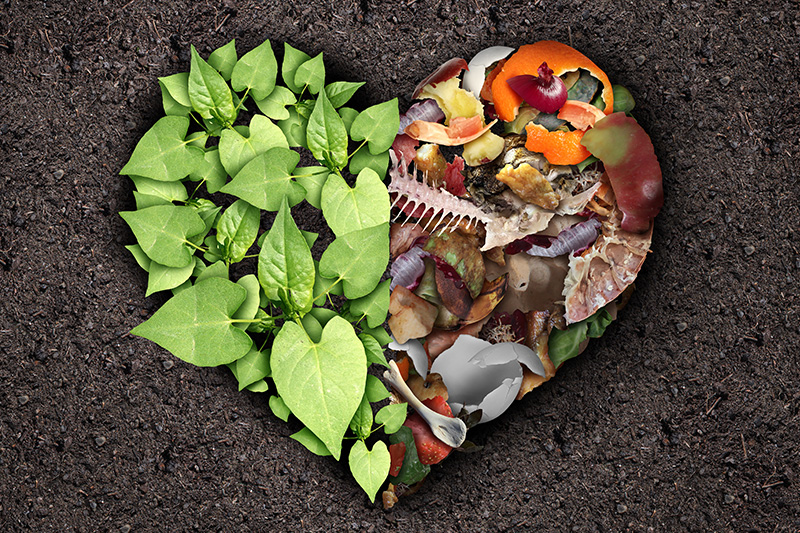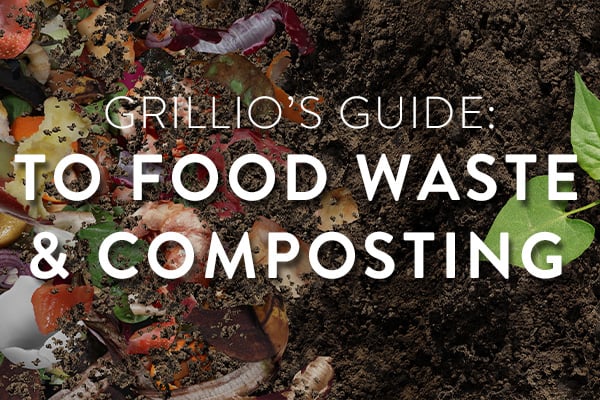
Billions of pounds of food go to waste every year in the U.S., food that often ends up in landfills, contributing to the production of climate-warming methane. Reducing food waste can help the environment, and there are also ways that food can be kept out of landfills and put to use. One of the most common and easiest ways to turn food waste into something valuable is by composting. Composting is a natural way to turn food waste into fertilizer that’s high in nutrients.
Food Recovery
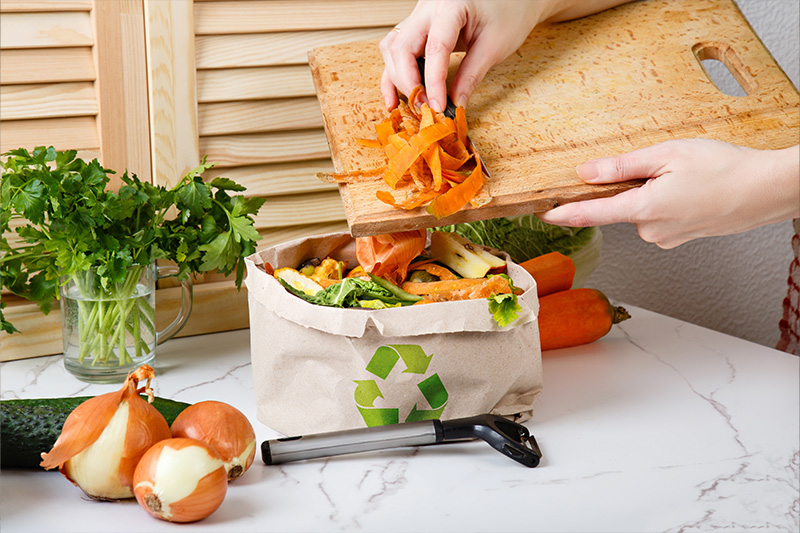
Food recovery is the process of diverting food waste from landfills by finding a use for it. The EPA has created a Food Recovery Hierarchy to help people find and prioritize ways to reduce food waste. At the top of the list is avoiding waste in the first place by not producing or buying more food than we need. Next is donating food to people in need. Food waste can also be turned into animal food. Some types of food waste can be converted in biofuels. And leftover food can also be composted, returning the nutrients to the environment.
What Is Compost?
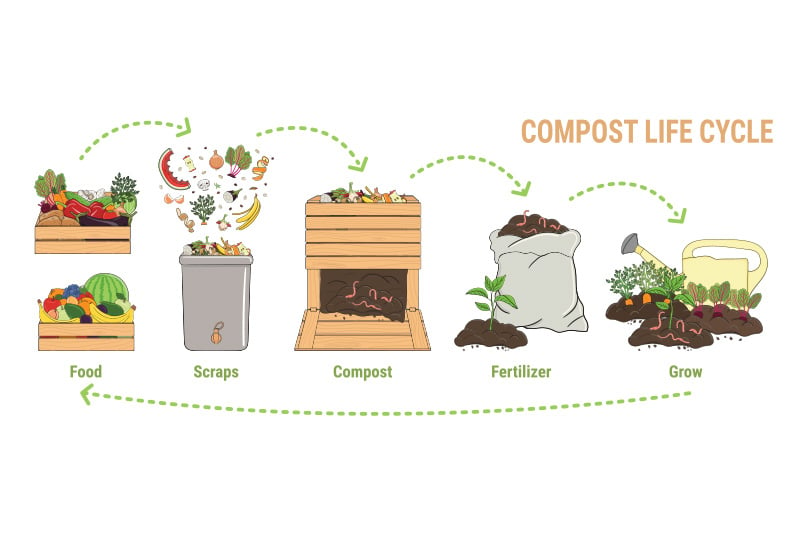
Compost is a dark, crumbly, earthy material that results from the decomposition of organic matter. It contains nutrients and organic matter that can feed plants and improve the soil. You can use compost as mulch, soil amendment, or fertilizer.
Benefits of Composting
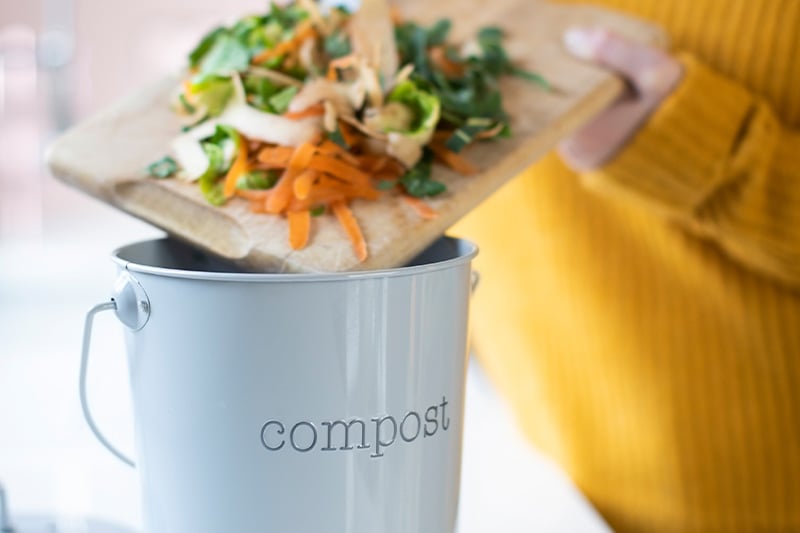
Composting is beneficial for people and the environment. It reduces greenhouse gas emissions by keeping food out of landfills. It also lowers trash-hauling fees and fertilizer costs. Compost also helps the soil to hold water better, conserving this valuable resource while reducing runoff. And it enhances soil’s structure, nutrient levels, and biodiversity.
How to Get Started Composting

Composting starts with choosing a place to compost. People can use an open pile, a small bin, or a tumbler. The ideal location is a level, well-drained spot that is convenient to get to.
Then, collect and add materials to the compost pile or bin. Composting requires layers of brown and green wastes. Browns are dry, carbon-rich materials such as leaves, paper, or wood chips. Greens are moist, nitrogen-rich materials such as fruit and vegetable scraps, coffee grounds, or grass clippings. A good ratio of browns to greens is about 3:1 by volume or 25:1 by weight. Avoid adding meat, dairy, fats, oils, bones, or pet waste, as they can attract pests and make your compost pile smell bad.
Once you’ve started your compost pile, you’ll need to mix it up from time to time, which will speed up decomposition by adding oxygen and help to prevent odors. You’ll also need to water it occasionally to create a moist (but not soggy) environment that supports microbial activity. The compost pile or bin should feel like a wrung-out sponge: damp but not dripping.
The amount of time it takes for compost to be ready for use can vary from a few weeks to a few months. The finished compost will be dark brown and crumbly and smell like earth. It should not contain recognizable materials or unpleasant odors, and it should not be warm to the touch.

